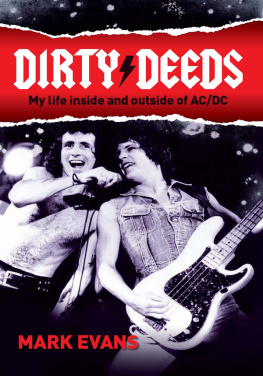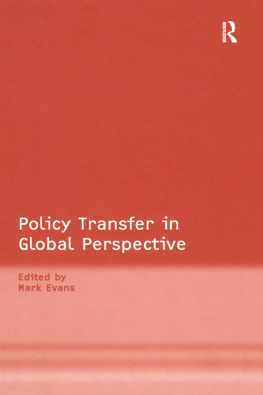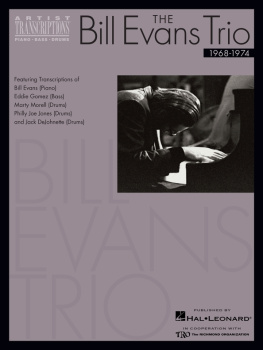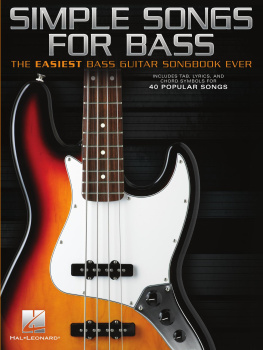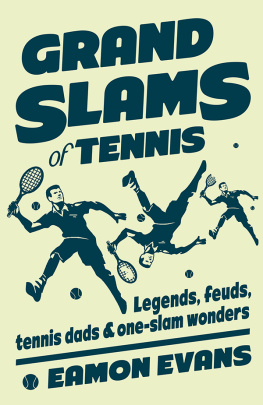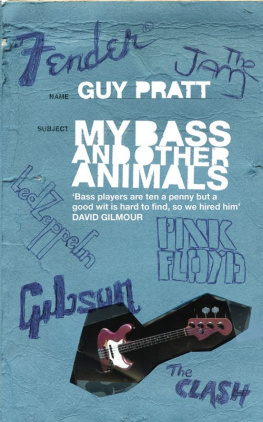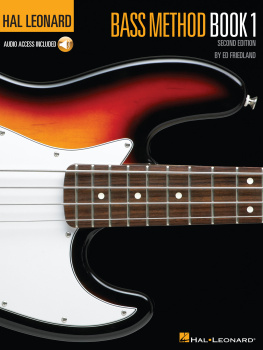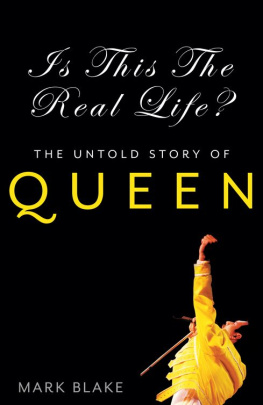First published in 2011
Copyright Mark Evans 2011
All rights reserved. No part of this book may be reproduced or transmitted in any form or by any means, electronic or mechanical, including photocopying, recording or by any information storage and retrieval system, without prior permission in writing from the publisher. The Australian Copyright Act 1968 (the Act) allows a maximum of one chapter or 10 per cent of this book, whichever is the greater, to be photocopied by any educational institution for its educational purposes provided that the educational institution (or body that administers it) has given a remuneration notice to Copyright Agency Limited (CAL) under the Act.
Allen & Unwin
Sydney, Melbourne, Auckland, London
83 Alexander Street
Crows Nest NSW 2065
Australia
Phone: (61 2) 8425 0100
Fax: (61 2) 9906 2218
Email: info@allenandunwin.com
Web: www.allenandunwin.com
Cataloguing-in-Publication details are available from the National Library of Australia www.trove.nla.gov.au
ISBN 978 1 74237 579 3
Internal design by Post Pre-press Group, Australia
Set in 11.5/16.5 pt Utopia by Post Pre-press Group, Australia
eBook production by Midland Typesetters, Australia
For My Girls

Ever since I could remember Id wanted to travel. I didnt quite recognise it as travel at the time, of course, but I was aware very early on that there was a lot of stuff out there to see and experience. Some of my first memories are of painting pictures of what I thought to be far-off, historical, often mysterious places: the Pyramids, Big Ben and even the Sydney Harbour Bridge. (Hey, I was from Melbourne; Sydney seemed like another world to me.) I was intrigued by the notion that there were countries on the other side of the world and that the people there spoke different languages, ate different food, wore different clothes, and were just so... different. There seemed to be one major problem, though; just how did I get to these far-off, wonderfully different places? I was from a working-class family, raised on a rough-and-ready housing commission estate in suburban Prahran. What chance did I stand of travelling the world?
The answer lay in becoming the bass player in AC/DC. Thanks to a tip-off from a buddy of mine, I joined the band in Melbourne in March 1975. I had just turned nineteen. We gigged, toured, recorded, drank and basically caroused our way across Australia during my first year on board. Wed achieved very healthy chart success and earned the ire of parts of the establishment, which prompted us to dub a tour Lock Up Your Daughters. When that run ended it was deemed a damned good idea to do exactly the same through the UK and Europe. And away we went.
By 5 April 1977 we found ourselves in Paris, on the fag end of a European tour supporting the Ozzy Osbourne-led Black Sabbath. The gig that night had been at the Pavillion de Paris, which was not dissimilar to our old haunt in Sydney, the Hordern Pavilion. The Paris Pavillion had the added attraction of being on the site of an old slaughterhouse, so the venue was known locally as Les Abattoirs. I had no doubt the place suffered a serious hangover from its gory and inglorious past. It smelled exactly as you would imagine a former Parisian slaughterhouse to smell, except for one thingit was much, much worse.
But the city itself was another story. Paris in the springtime is a fantastic place. If there isnt already a song with the title Paris in the Springtime, I want to know why. And it was an exciting place for a bunch of young guys in a rock and roll band. When I say young, I am referring to the players in AC/DC, not our beloved and fearless social director and singer, Bon Scott. He was known to one and all as the old man and it was a bit like (no, it was very much like) having your slightly crazed uncle on the road with you. You know the one; he gets outrageously pissed at weddings and tries it on with all the young lassies. Bon was all of thirty, but to me he was a relic from a past generation.
Paris being Paris and AC/DC being AC/DC, we were all giving it a good going-over during our stay, except for, on all but very rare occasions, Angus Young, a teetotalling guitarist in schoolboy uniform. As for the old man, Bon was keen on a drop of red, sometimes substantially more than a drop. And Paris was just the place to get plastered on a robust red. During this visit Bon and I had lucked outwe were keeping company and rubbing shoulders (along with other parts of our bodies) with two very attractive French girls. We had spent a couple of hectic days and nights in their company and decided to repair back to our hotel off the Boulevard Saint-Germain with our dear new French friends after the Pavillion gig.
Parisian hotels are, shall we say, compact at best. More often than not they feature these tiny little balconies, with barely enough room for two peopletwo small people at that. Bon and I were shellacked but sharing yet another bottle of red on the tiny balcony, watching the sun come up over the City of Light. Paris looks absolutely magnificent at dawn, probably not much different from how it would have appeared a hundred years before, or even more. I could understand why the city had been such an inspiration for writers, painters, musicians and the rest. It seemed like time had been suspended.
So Bon and I were on our balcony, sipping away, feeling more than a little pleased with ourselves and our deux filles Parisiennes trs attirantes . We were well and truly lit up and savouring a stunning Parisian sunrise. Life was good. Id come a long way from Prahranand in a pretty short time.
As I was having a serious gloat to Bon, who was somewhat the worse for wear after two days on the turps, he stared fixedly at the Eiffel Tower with an odd look on his face.
Whats up, mate? I asked him.
Slowly, Bon turned to me. You know, he said, theres a tower just like that in Paris.

I was raised in what would now be called a blended family, not that I minded or even cared. I was the youngest of a family of four kidsmy eldest sister Laura and my brother John are from my fathers first marriage to a beautiful woman named Susan, who died of a brain haemorrhage when they were very young. I vividly recall seeing a portrait of Susan in our home in the Melbourne suburb of Murrumbeena and thinking she was a movie star. Whenever I see that photo in my brothers home, Im immediately back in our old place, all those years ago. Its a truly warm feeling and its a time I miss immensely.
My other sister, Judy, who is five years older than me and the closest in age, was from my mother Normas first marriage. Being the youngest, I was doted on and spoiled and probably made Judys life hell, for which I now apologise. My mothers first husband, Bud Mintovich, was born in Australia to Russian Jewish parents. He was serving in the Royal Australian Navy when they were married; he and my mother were only nineteen. They had been married for only two months, and Mum was pregnant with Judy, when Bud sailed for Okinawa aboard the HMAS Bataan . The Bataan was docked at Okinawa when the Korean War broke out on 25 June 1950, and the ship was then attached to the US Navy. Bud wouldnt return home for fifteen months. During that time he was part of the landing of United Nations troops at Pohang-dong, patrolled the Korean Straits, was involved in numerous blockades and bombardments, and came under fire on a daily basis.

